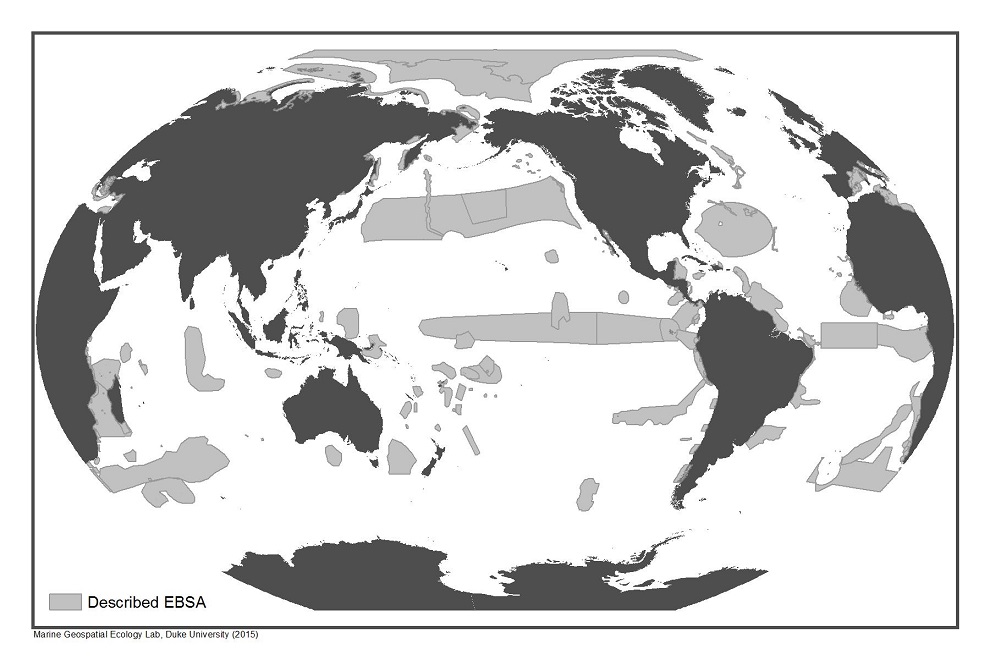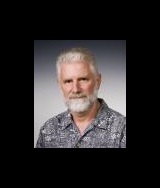Scientific Advice in Place for UN Talks on High Seas Biodiversity
 © Marine Geospatial Ecology Lab, Duke University (Conservation Biology; Bax et al. 2016)
© Marine Geospatial Ecology Lab, Duke University (Conservation Biology; Bax et al. 2016)Map of 203 ecologically or biologically significant areas (EBSAs). These areas may inform ocean conservation efforts, including United Nations talks on marine protected areas on the high seas.
Scientific advice is already in place to support United Nations deliberations on conserving biodiversity on the high seas, according to a 2016 study supported by the Lenfest Ocean Program. The study summarizes four years of workshops that produced detailed information on 203 ecologically or biologically significant areas (EBSAs), 66 of which are partly or entirely within the high seas.
There is currently no mechanism for creating marine protected areas (MPAs) on the high seas, the area beyond national jurisdiction that covers about half the planet. In 2015, the UN agreed to begin deliberations on an agreement to support MPAs and other possible biodiversity conservation measures on the high seas.
UN discussions of area-based planning had begun long before that. Perhaps most notably, the Parties to the UN Convention on Biological Diversity (CBD) in 2004 adopted a target of “effective conservation” of at least 10 percent of the oceans by 2020.
“That launched the EBSA process by creating a demand for consolidated, credible information on places that are important for biodiversity relative to their surroundings,” said Pat Halpin, a study co-author and professor at Duke University. The study’s lead author is Nicholas Bax of CSIRO, an Australian government research organization.
Between 2011 and 2014, experts from 92 countries and 79 regional or international bodies held a series of nine regional workshops to assemble data, delineate potential EBSAs, and score them against a set of seven criteria. The resulting 203 areas are found in all oceans and large marine ecosystems. They represent the only global, internationally recognized suite of marine sites considered to be relatively more important from a biodiversity standpoint than their surroundings. The process is ongoing, with two additional workshops since the end of the study period, and the number of EBSAs will likely grow.
The study, in the journal Conservation Biology, reviews the EBSA workshops and presents the first global map of the results.
“We don’t make recommendations about what should be done with EBSAs,” Halpin said. “But our hope is that this information will be useful as the world decides how to balance conservation and human uses of the ocean.”
Detailed information on each EBSA is available on the CBD website at https://www.cbd.int/ebsa/.

